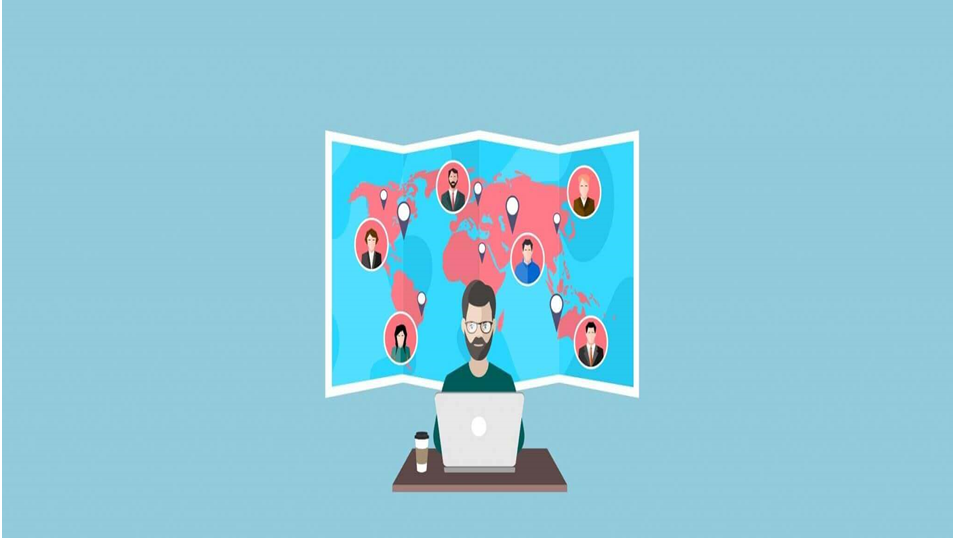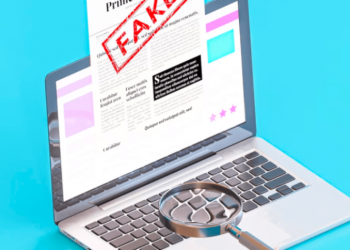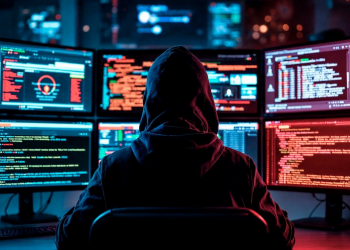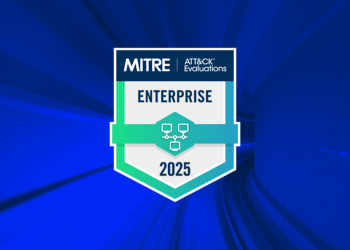Article written by Kayode Omotehinse
====
Ensuring the security of an organization’s staff while they are working remotely can be a challenging task, but it is essential for protecting sensitive information and preventing security breaches.
In this blog post, we’ll provide some tips and best practices for protecting remote workers from security threats.
- Use secure remote access methods. When accessing the organization’s systems and resources remotely, it is essential to use secure methods such as virtual private networks (VPNs) or remote desktop protocols (RDPs). These technologies can encrypt communications and protect against unauthorized access.
- Implement strong authentication measures. To prevent unauthorized access to sensitive information, it is important to implement strong authentication measures such as two-factor authentication (2FA) or multi-factor authentication (MFA). This can help to verify the identity of remote workers and prevent unauthorized access to systems and data.
- Regularly update and patch systems and software. Outdated or unpatched systems and software can be vulnerable to security threats, so it is important to keep all systems and software up to date with the latest patches and updates. This can help to fix known vulnerabilities and protect against potential security breaches.
- Use security tools and technologies. To protect against security threats and vulnerabilities, it is important to use security tools and technologies such as firewalls, intrusion detection and prevention systems (IDPS), and antivirus software. These tools can help to detect and prevent security breaches and protect against malware and other threats.
- Train and educate remote workers. To help protect against security threats, it is important to educate and train remote workers on best practices for cybersecurity. This could include training on the proper use of security tools and technologies, as well as the identification and prevention of common security threats such as phishing attacks and malware.
- Conduct regular security assessments and audits to identify and address any potential security vulnerabilities or weaknesses.
- Implement policies and procedures for the secure handling and storage of sensitive information, such as passwords and confidential data.
- Implement data loss prevention (DLP) measures to prevent the accidental or unauthorized disclosure of sensitive information.
- Monitor remote access logs and network traffic to detect any suspicious or anomalous activity that could indicate a security breach.
- Use secure messaging and collaboration tools to protect communications and data shared between remote workers.
Overall, by implementing these tips and best practices, organizations can ensure that their remote workers are protected from security breaches and other threats.
By using secure remote access methods, implementing strong authentication measures, regularly updating and patching systems and software, and using security tools and technologies, organizations can protect their remote workers and sensitive information from security threats.











